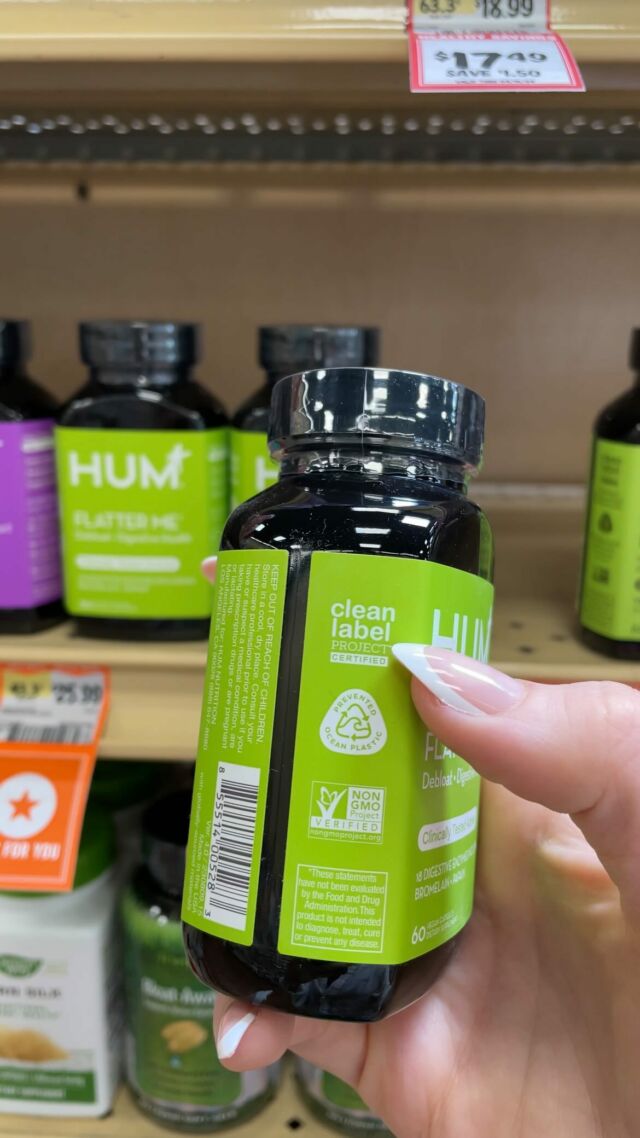Medically Reviewed By
Gaby Vaca-Flores, RDN, CLE
Registered Dietitian Nutritionist
Have you ever wondered what it’s like to hang out with yourself? I’m constantly socializing and crossing stuff off my to-do list, so I sometimes forget what it’s like to be alone by myself with my thoughts. Enter: the sensory deprivation tank.
Though I’ve never meditated and you’ll never catch me doing yoga, I like to challenge myself, to step outside my comfort zone and explore different facets of my character. Which is how I found myself alone for 90 minutes in a dark, shallow pool filled with 1,000 pounds of Epsom salt. Though that sounds a tad like the opening to a horror film, sensory deprivation (or floatation therapy) is supposed to have a bevy of benefits. Here’s what happened when I tried it.
What is sensory deprivation Tank therapy?
Sensory deprivation therapy (or, specifically, floatation therapy) is where you float in water loaded with Epsom salt. There’s so much salt, in fact, that it keeps you afloat. (Because, science. Also because the salt makes the water denser, and it’s easier to float on a dense surface.)What are the benefits of floatation therapy?
Epsom salt also helps relieve stress and pain, because it contains high levels of magnesium and sulfur (don’t worry, floatation therapy isn’t a stinky process – it is sensory deprivation, after all). These elements help relax your muscles and nerves by increasing circulation and lowering blood pressure. There is no light, sound and very little gravity inside the floatation tank. The water and room temperature is kept at skin temperature (approximately 93 degrees Fahrenheit), which makes it difficult for you to distinguish between which body parts are touching the water. This mimics the feeling of floating in thin air. The combination of all these factors unravels a string of physical and mental benefits. Athletes and celebrities from Carl Lewis to Tom Brady to Elle Macpherson have found pain relief, relaxation, and creativity from floating, with advantages meant to reduce muscle tension, anxiety, and even insomnia. Some have even claimed to hallucinate! (Note: Although floatation therapy has recently regained popularity, it is not new. Dr. John C. Lily, a neuroscientist who specialized in cognition and brain activity, invented the first float tank in the 1960s to study the body in its meditative state.)The experience
Upon arriving at the Float Clinic in Torrance, CA, I was greeted by a specialist who gave me a quick run down about the facility and floatation process. A typical floatation session will range from 60 to 120 minutes. Float Clinic sets their sessions at 90 minutes because they’ve found it to be the sweet spot for users to achieve deep relaxation without feeling restless. Float Clinic houses three private studios that each includes a personal float tank and shower. Before heading into the float tank, I took a pre-float shower to rid my body of any oils and moisture. I was faced with absolute darkness and silence when I opened the refrigerator-like door to my float tank. (It was a bit terrifying.) But hey, #YOLO, right? So I stepped right on into the tank, lied down, and shut the door. Oh, and did I mention that I was completely nude? They recommend you do the therapy sans clothing, though some people opt to wear a bathing suit. It took me a few minutes to adjust to the environment. I don’t like dark spaces so I kept wiggling around trying to feel for the edges of the tank. This went on for about 20 minutes, and then I finally began to let go. I let my body relax as if I was completely weightless. There was complete silence. (Think about it: When was the last time you experience complete, utter silence?) I found myself trying to be productive by planning and doing work in my head, but eventually my brain slowed down, slipping into a state of deep relaxation. I stopped thinking about time, work, or chores. It was like slipping into the most relaxing memory foam bed. I felt absolutely weightless. Since the temperature of the water and the air was at skin temperature, it eventually felt like I wasn’t even in water unless I moved and caused the water to ripple. 90 minutes may seem like a really long time to be doing “nothing” (especially with our current always-connected, go-go-go culture), but before I knew it music began playing to signal that my time was up. I considered pulling a tk at the Oscars before I slowly got to my feet and opened up the tank. I gave it a good stretch and it’s as if all the knots in my body unraveled. It was like taking a refreshing nap in the middle of the day. I found the results to be more mental than physical, meaning that I felt more optimistic versus energetic. I was also starving, kind of like how you feel after a super long soak in a hot tub. Oh, and because I know you’re wondering, yes – my skin was a bit prune-like for a while. Later that night, I slept really well. Sometimes I have intense dreams that make me feel like I didn’t actually get any sleep, but that didn’t happen the night I tried the sensory deprivation tank. If you already meditate, then you’ll likely love floatation therapy. Even though I don’t love meditation and am by no means a yogi, I still found it v beneficial. Netflix and chill has nothing on this relaxation technique.More like this









